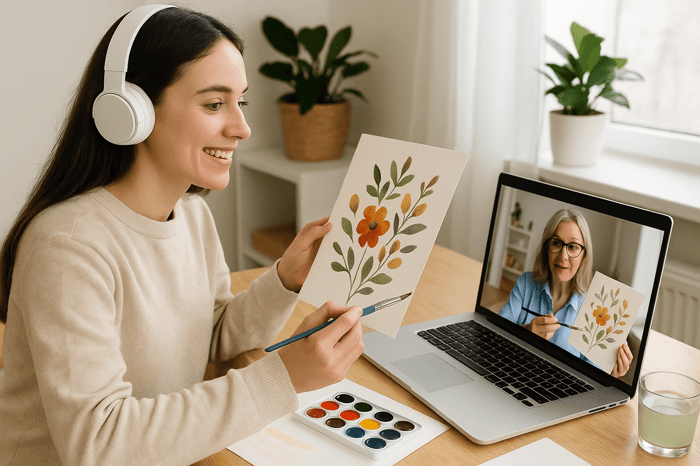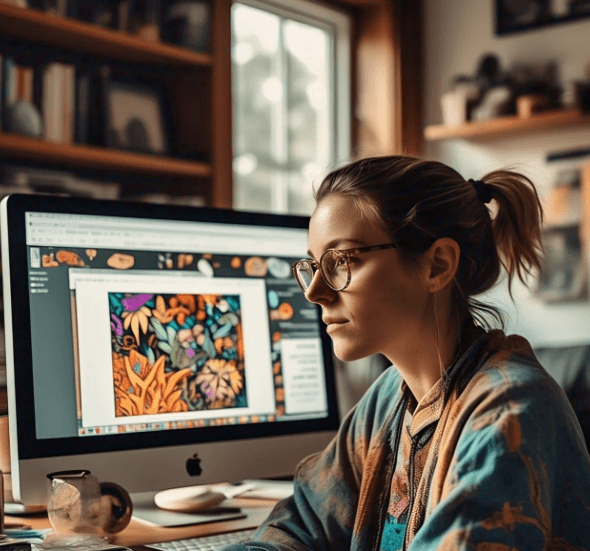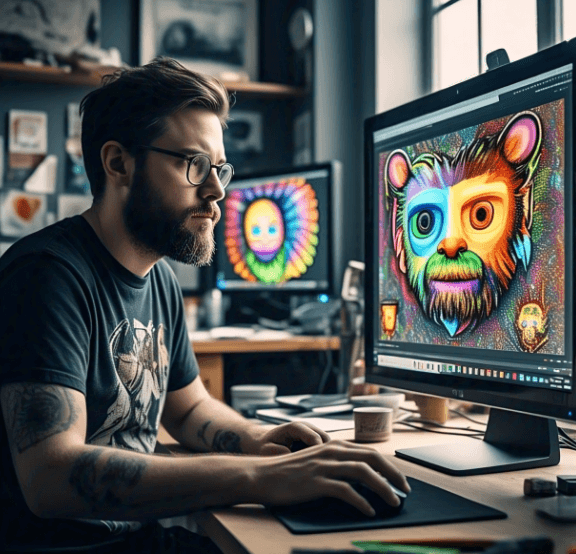Screen vs Digital Printing: Artist's Guide
When it comes to reproducing artwork, two of the most popular techniques are screen printing and digital printing. Each method has its own advantages, challenges, and best use cases. This guide explores both in depth, so artists can make informed decisions based on budget, quality expectations, and creative goals.
What Is Screen Printing?
Screen printing, also known as silk screening, is a traditional method that involves pushing ink through a stencil or mesh screen onto a surface. Artists have used this method for decades due to its vibrant output and durability.
Key Features of Screen Printing
- Color Depth: Excellent for bold, vibrant colors, especially in solid blocks.
- Surface Versatility: Works on paper, fabric, wood, glass, and more.
- Durability: Inks are thicker, often resulting in longer-lasting prints.
Pros of Screen Printing
- Produces high-quality, vibrant prints
- Ideal for bulk printing, cost-effective in large runs
- Durable and long-lasting colors
Cons of Screen Printing
- Labor-intensive setup process
- Not cost-effective for short runs
- Limited in color gradients and complex image details
What Is Digital Printing?
Digital printing refers to any printing process where the image is directly transferred from a digital file to the substrate. This method includes inkjet and laser printers commonly used today.
Key Features of Digital Printing
- Precision: Great for detailed images and photo reproductions.
- Quick Turnaround: Minimal setup time compared to screen printing.
- Low Minimums: Ideal for on-demand and small-batch printing.
Pros of Digital Printing
- High resolution for detailed artwork
- No screens or setup costs
- Perfect for short runs or personalized prints
Cons of Digital Printing
- Less color vibrancy on dark surfaces
- Can be more expensive per unit for large volumes
- Less durable on certain materials without protective coating
Cost Comparison
Cost is a key factor when choosing a printing method. Here's a quick comparison:
| Factor | Screen Printing | Digital Printing |
|---|---|---|
| Setup Cost | High (screens, prep) | Low |
| Cost Per Unit (small run) | High | Low |
| Cost Per Unit (large run) | Low | Moderate |
| Turnaround Time | Longer | Faster |
Best Use Cases for Artists
When to Choose Screen Printing
- Creating limited edition prints or merchandise in bulk
- Printing on non-paper materials like fabric or wood
- Designs that use bold colors with few gradients
When to Choose Digital Printing
- Short runs or one-off prints
- Prints with fine detail and photographic quality
- On-demand printing for online art shops
Environmental Impact
Digital printing is generally considered more environmentally friendly due to less waste and no need for chemical screen washes. However, sustainable inks and materials can make screen printing eco-conscious too, it all depends on how you source your supplies.
Which Is Better for Your Art?
There's no one-size-fits-all answer. If you're mass-producing posters or t-shirts with simple, vibrant designs, screen printing may be more cost-effective and durable. If your work is highly detailed or you're testing the market with small batches, digital printing will save you time and money.
Final Thoughts
Choosing between screen and digital printing depends on your creative vision, budget, and production needs. Many successful artists use both, screen printing for merchandise and digital printing for art prints. Consider your goals, experiment if you can, and find the balance that works for you.
Need more tips? Join our free Art Sellers Mastermind Hub to connect with artists, share strategies, and grow your art business!
Start Your Journey Now With A One-Time Payment of $199
If you're ready to commit fully and start transforming your passion into profit without delay, our one-time payment option gives you full access immediately. Perfect for those who want to dive right in and take full control of their artistic destiny.
$199.00 — Discounted Price
Get Started Now



